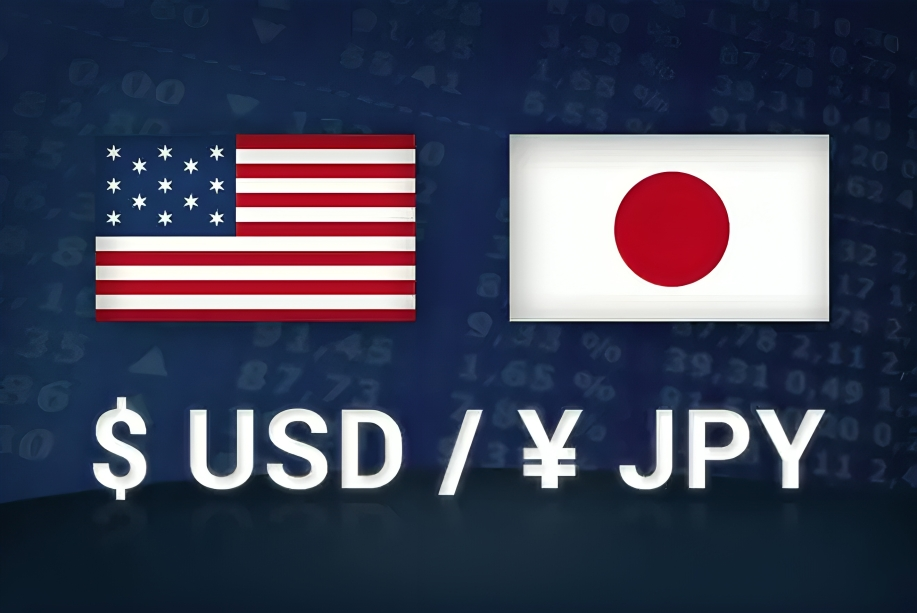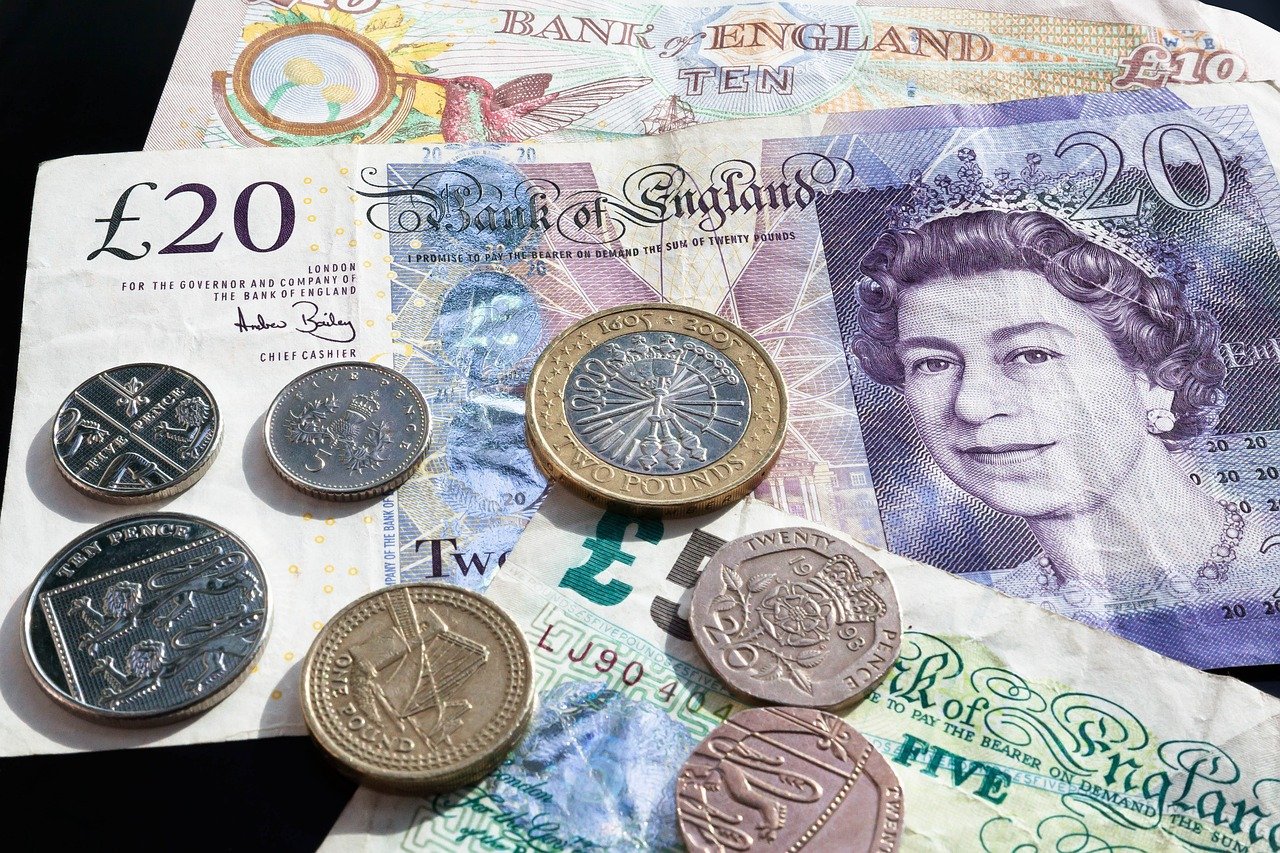USD/JPY: Markets Look to Sell Rallies into 150 – Rabobank
The USD/JPY currency pair has been at the center of market discussions in recent months, especially as the USD continues to outperform its peers in the G10 currency group. Meanwhile, the Japanese Yen (JPY) has had a turbulent summer, affected by unexpected policy changes by the Bank of Japan (BoJ) and subsequent economic shifts. In this article, we’ll explore the factors driving USD/JPY movements and Rabobank’s forecast to sell rallies as the pair approaches the 150 level.
USD/JPY Daily Price Chart

Source: TradingView, prepared by Richard Miles
USD Outperforms G10 Currencies
Strong USD Dominates Markets in October
So far in October, the US Dollar (USD) has been the best-performing currency among the G10 nations, maintaining its upward momentum by a significant margin. The strength of the USD has been bolstered by several key factors, including expectations for ongoing Federal Reserve (Fed) rate hikes, resilient economic growth in the United States, and safe-haven demand as global markets experience volatility. This dominance has pressured currencies like the JPY, which has been on the back foot, and is likely to continue its struggle in the near term.
The USD/JPY pair, in particular, has become a focal point for traders, with the market paying close attention to both the strength of the US economy and the shifting landscape in Japan’s monetary policy.
JPY’s Roller Coaster Summer: BoJ’s Surprise Rate Hike
Unwinding of the JPY-Funded Carry Trade
One of the primary drivers of recent volatility in the JPY was the surprise decision by the Bank of Japan (BoJ) to raise interest rates at its July policy meeting. This move took markets by surprise, as the BoJ had been known for its ultra-dovish stance for years, particularly in a global environment where other central banks had been raising rates to combat inflation. The decision to raise rates led to a rapid unwinding of the JPY-funded carry trade, which had been a popular strategy among investors seeking higher returns in other currencies.
The carry trade, a strategy where investors borrow in a low-interest-rate currency like the JPY to invest in higher-yielding assets, quickly lost its appeal as Japan’s rates began to rise. As a result, the JPY saw significant volatility as traders rushed to unwind these positions, creating sharp movements in the USD/JPY pair.
Medium-Term Outlook for USD/JPY: Downward Trend Expected
BoJ’s Slow Normalization of Policy
According to Rabobank’s FX analyst Jane Foley, the medium-term outlook for USD/JPY is expected to be lower. The BoJ is slowly normalizing its policy settings, reflecting an economy that is gradually moving away from the deflationary pressures that have plagued Japan for decades. For years, Japan has battled disinflation and deflation, with the BoJ implementing policies such as negative interest rates and massive asset purchases to stimulate growth and inflation.
However, as the Japanese economy begins to shed this deflationary mindset, the BoJ’s policy is expected to follow suit. The central bank has already begun making gradual adjustments, with the July rate hike being the first significant step toward policy normalization. This trend is likely to continue, especially as Japan’s economy strengthens and inflation begins to pick up.
Optimism for Japan’s Economic Growth
Wage Growth and Domestic Consumption
One of the key factors driving optimism about Japan’s economic future is the expectation of wage growth. According to Foley, there is growing optimism that the coming spring will bring another round of strong wage deals for unionized workers. These wage increases are crucial for stimulating domestic consumption, as higher wages lead to increased consumer spending, which in turn boosts economic growth and corporate profitability.
Wage growth has long been a challenge in Japan, but recent developments suggest that this may be changing. As companies begin to offer higher wages, consumers will have more disposable income, supporting broader economic recovery.
Structural Reforms in Japan
Stock Exchange Governance and Investment Promotion
In addition to wage growth, structural reforms are taking place in Japan that are likely to support long-term economic growth. Changes in stock exchange governance are one example, as Japan aims to create a more competitive and transparent financial system. These reforms are designed to attract both domestic and foreign investment, supporting the country’s long-term growth prospects.
Additionally, the Japanese government has been actively promoting investment, particularly in key areas such as technology. Japan’s collaboration with the United States in areas like tech innovation is also expected to enhance the country’s economic standing on the global stage. These efforts are part of a broader strategy to position Japan as a key player in emerging industries, further strengthening the economy.
Near-Term Risks: USD Strength Keeps JPY Under Pressure
Impact of a Strong USD
While the long-term outlook for the Japanese Yen is improving, near-term risks remain. The strength of the USD is expected to keep the JPY on the back foot in the short term, as US economic performance continues to outpace that of Japan. Rabobank notes that the USD’s dominance could persist in the coming months, particularly if US inflation remains elevated and the Fed maintains its hawkish stance on interest rates.
The market’s focus on US inflation data and the Fed’s monetary policy decisions will likely continue to influence the direction of USD/JPY. If the USD remains strong, the JPY could struggle to gain ground in the near term, despite the positive economic developments in Japan.
Rabobank’s Strategy: Sell Rallies into USD/JPY 150
Trading Strategy for USD/JPY
Rabobank’s strategy for USD/JPY involves selling into rallies as the pair approaches the 150 level. Foley notes that while the JPY is likely to remain under pressure in the near term due to USD strength, the medium-term outlook suggests a downward trend for the pair. As the BoJ continues to normalize its policy and Japan’s economy strengthens, the JPY is expected to appreciate over time.
For traders, this means that any rallies toward the 150 level in USD/JPY could present selling opportunities. Rabobank’s view is that the pair is likely to head lower over the medium term as Japan’s economic fundamentals improve and the BoJ continues to adjust its policy stance.
A Shifting Landscape for USD/JPY
The USD/JPY pair has been highly volatile in recent months, driven by both USD strength and significant changes in Japan’s monetary policy. While the USD is likely to remain strong in the near term, Rabobank’s outlook suggests that the JPY will appreciate over the medium term as Japan’s economy continues to recover and the BoJ normalizes its policy. For traders, selling rallies into USD/JPY 150 could be a profitable strategy, especially as the broader economic picture in Japan improves.




